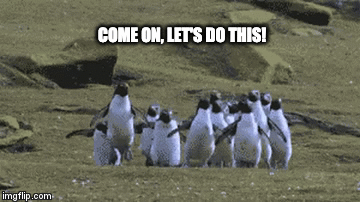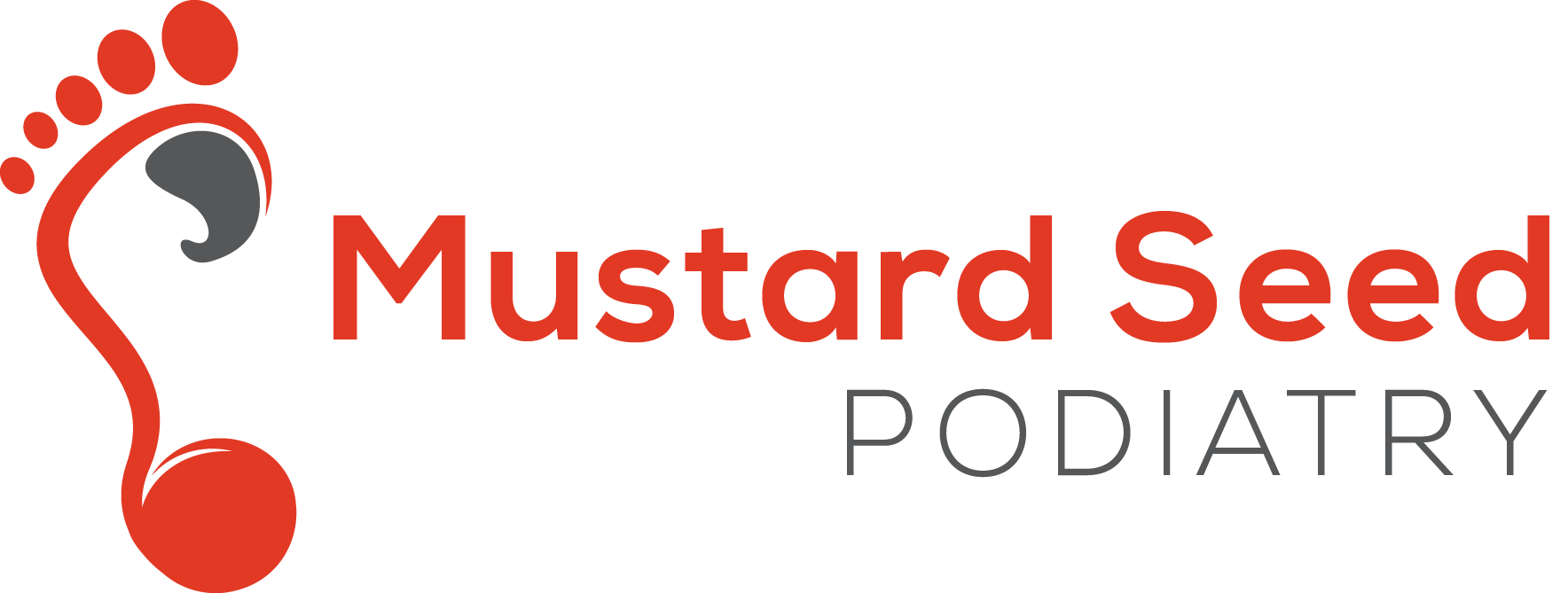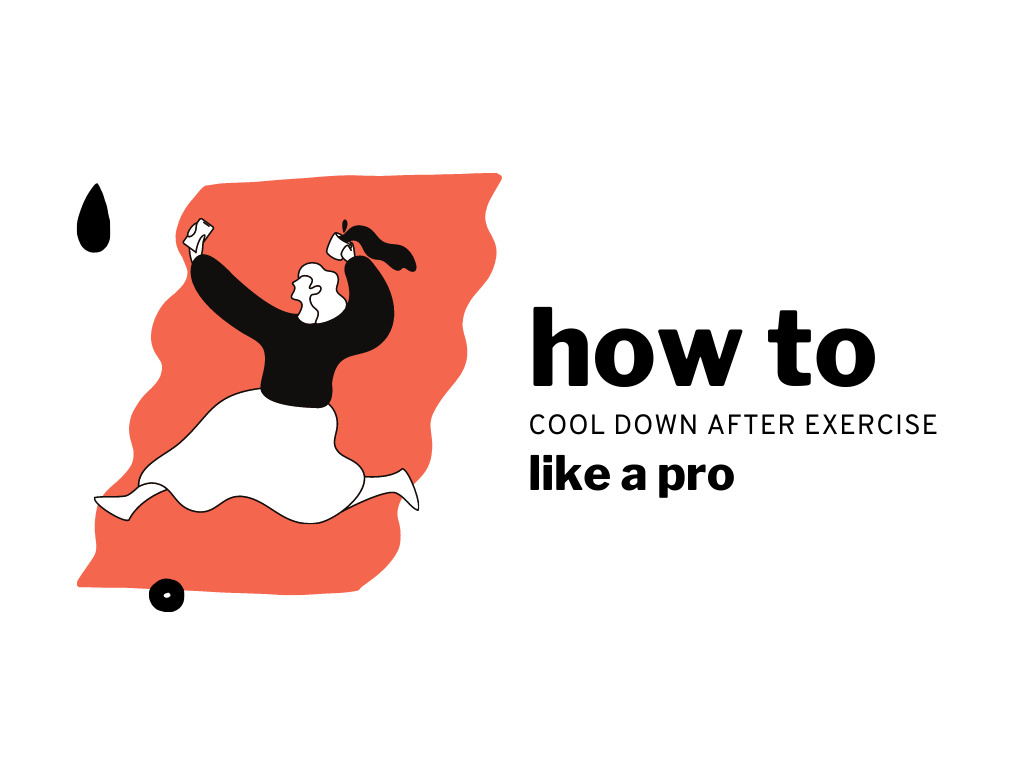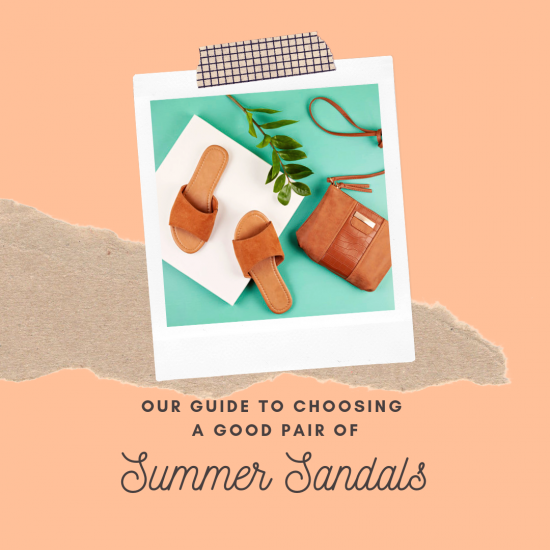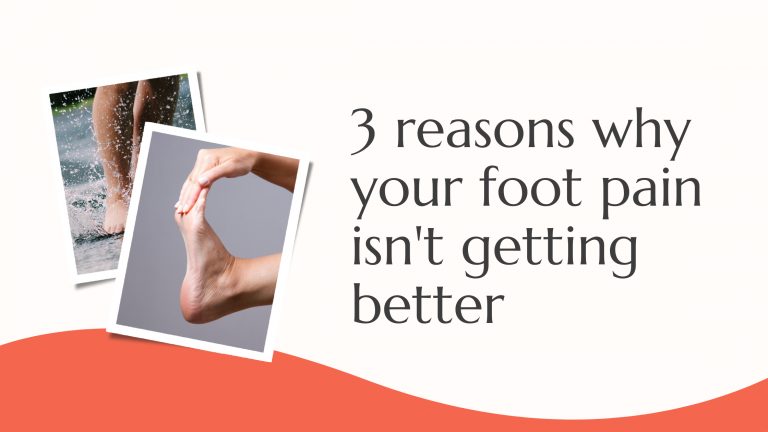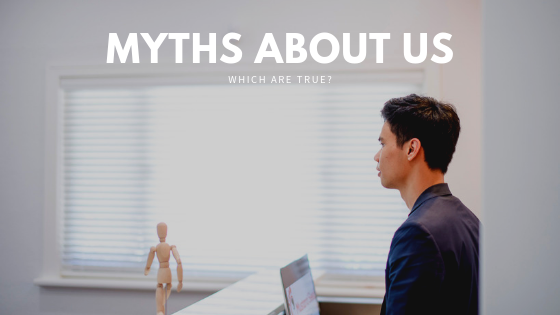Hands up if you have been following the Tokyo Olympics ??♀️??♂️ We’ve always been a fan of the Olympics. Not only do we get to see the best work of elite athletes around the world, the spirit of “never give up” is just as applicable to us as it is to the athletes. The other thing that is applicable to us, weekend warriors, is cooling down after exercise. If you are planning to pick up a sport of two, or simply trying to get active again, read on to find out our tips to cool down after exercise like a pro!
For many of us, our muscles don’t have what it takes to bear a sudden increase in activity. The lack of regular exercise means that our muscles are just doing the bare minimum on a daily basis. Throw a 45-minute training session or basketball game into the equation and our muscles will complain, causing you grief the next day. This phenomenon is called Delayed Onset Muscle Soreness (DOMS).
“Any type of activity that places unaccustomed loads on muscle may lead to delayed onset muscle soreness (DOMS). This type of soreness is different from acute soreness, which is pain that develops during the actual activity. Delayed soreness typically begins to develop 12-24 hours after the exercise has been performed and may produce the greatest pain between 24-72 hours after the exercise has been performed”
American College of Sports Medicine

The symptoms of DOMS can vary from moderate soreness with movement restriction to muscle spasm. I have personally experienced the latter. That was all because I used the wrong weight while doing lunges at reformer pilates. The aftermath? Thigh muscles that cramp every time I sat down, stood up, walked and even turned around in bed! It was absolutely no fun, and I have to say I regretted big time for not cooling down properly after the session.
While cooling down doesn’t guarantee you no pain the next day, it will help reduce the severity of DOMS and help you recover faster. Looking after your muscles is also beneficial in preventing injuries. For that reason, professional athletes follow a cool-down routine every time after they train. So, what should YOU do? Here is our 3-step routine:

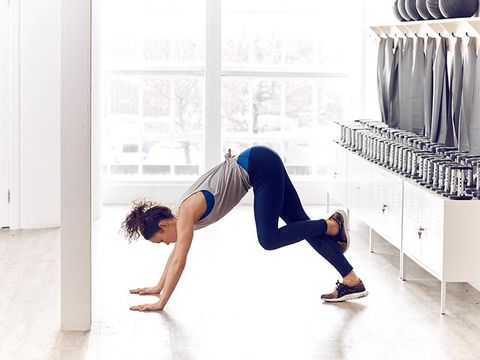
If you were expecting something fancy, sorry, it’s not. It’s just the good old stretching. After exercise, your muscles can become tight – that’s a good time to stretch. To ensure you are stretching effectively, make sure you stay still and not bouncing up and down. Count from 1 to 30. Relax and repeat until you feel the tightness eases. Stretching also gives you time to cool down after exercise and have a breather!

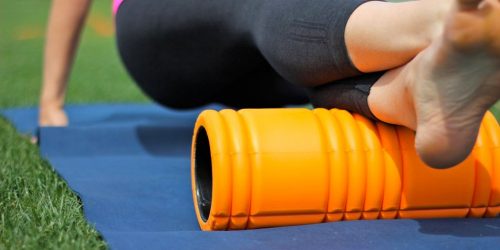
Use a firm foam roller to slowly roll the muscles, focusing on areas that feel tender. With some body parts, for example the calf, you will need to rotate your leg to different angles to ensure you cover the entire muscle belly. Spend a minimum of 5 minutes on each side of your leg to get the most out of foam rolling. Foam rolling can sometimes be a bit uncomfortable, but no pain, no gain, right? Trust us, it pays to take time to include foam rolling as part of your cool down routine.
On that note, we want to emphasise that it is crucial to address calf tightness. It may be hard to imagine, but there is a strong association between tight calf muscle and heel pain. If you currently are experiencing heel pain, it is a good idea to have it addressed by a podiatrist to avoid further damage.

Heat allows more blood flow to the muscles which encourages repair and recovery. Warm muscles are also less likely to cramp. We love using the Wili heat bag for that. Handmade in Adelaide and filled with Australian grown lupins, the Wili heat bag doesn’t sweat or have a cooked smell when heated up. PJs + couch + Wili heat bag = best post-exercise cool down routine! What do you think?
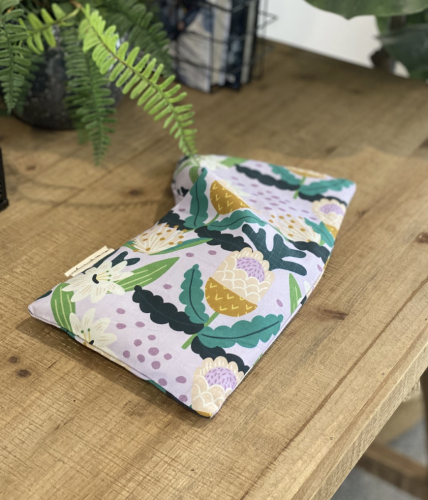
It’s no easy journey to become a professional athlete. We applaud all the athletes at the Olympic Games for their grit, commitment and sportsmanship. It’s truly amazing what some people can do. While we may stay as weekend warriors, we can still be the best version of ourselves and enjoy the many benefits of staying active. Now that you know how to cool down after exercise, let’s do this!
